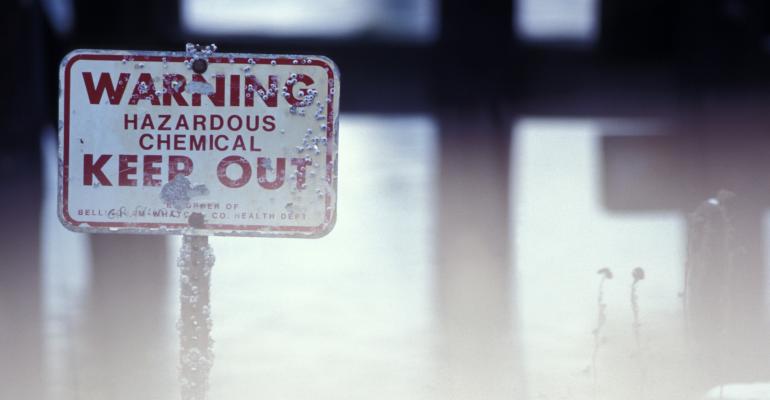Not all investments work for everyone. For example, investing in wines or baseball cards should only be done if you have the interest and experience in wines or cards. Similarly, most buyers of real estate shy away from sites that are environmentally contaminated or are known brownfields. To many who own them, these sites are non-performing assets. They suck up reserves for the potential future problems with regulators and neighbors.
However, in the last few years, a small group of savvy investors have actually pursued these sites, seeing them as offering a unique opportunity to create a win-win proposition. These buyers can take the properties and successfully address the environmental liabilities that have historically plagued others. They can turn an unprofitable site into a productive asset. In turn, the seller can rid itself of a non-producing asset that may have required significant reserves and attracted environmental agency interest.
Selling these properties to the right company is essential. As a seller, you want to be sure that you can redirect the significant reserves you have kept on the balance sheets for that property on to other profitable uses. So you want to be sure that when you sell the asset, you don’t have to address it again.
There are several basic issues that you should consider when offering to sell these properties to a buyer. The number of truly sophisticated, experienced buyers is small. The buyers you want to look for are those who have an extensive track record turning these properties into profitable redevelopments that yield jobs and ratables in their communities.
Your first hurdle is looking for an experienced redeveloper. A candidate buyer must demonstrate the ability to close out these transactions so that the historical liability is resolved and will never come back to haunt you. A seller should focus on buyers that openly show their successes and have the ability to raise the capital needed to assure that the sites they buy are remediated and redeveloped. A bona-fide buyer will have successfully redeveloped dozens of brownfields across the country. The buyer should also be able to demonstrate that none of their acquired former brownfield properties have come back to plague their former owners. Finally, the ideal buyer should have experience with complex clean-ups that have addressed all manner of hazardous substances, including asbestos, metals, hydrocarbons and chlorinated contaminants—often all at the same property.
Next, you want to be sure that you are protected if the buyer of the property does not finish the planned remediation. Environmental agencies can come back against prior owners for an aborted clean-up, but will not unless any remediation is unfinished.
One way to be sure that the property will be finished is to understand what the ultimate re-use will be. With a potential re-use in mind, investors will be able to expeditiously finish the redevelopment of the formerly contaminated property. For example, Viridian starts with a brownfields redevelopment model that shows a targeted re-use to maximize the value of the redeveloped asset. The remediation plan is designed in tandem with that redevelopment plan. The Viridian team has historically redeveloped these assets into all types of developments. However, it has found that warehouse/distribution most effectively completes the final element of the remediation plan by capping any residual contamination.
You also want to be sure that the buyer is not going to sue others who may have liability. Under most environmental statutes, companies that remediate can recover shares of liability from prior owners or companies who released substances on a site. If your buyer sues another party, you will likely be named as a third party, ending up in litigation. You need to insure that you do not end up in litigation over the old property.
Also look to be sure that the buyer/investor team is a good one. Any brownfield clean-up has two primary components—government-approved contaminant source material removal or in-situ neutralization followed by capping. This takes a team of attorneys, engineers, designers and insurers with experience doing just that.
Our experience is that, especially in hot markets, government agencies embrace someone who is willing to take these often eyesore properties and make them productive, tax-generating sites. Smart investors realize that a formerly contaminated property has the potential for a dramatic increase in value if the job is done correctly.
The end game is to take that non-productive asset off the debit balance of the company and free up the reserves for something that will generate income for your company business line.
William P. Lynott is a founding principal and CEO of Viridian Partners. He has proven expertise in brownfield transactions, having personally completed and/or overseen more than four dozen transactions with an acquisition value in excess of $400 million since 1995. He can be reached at [email protected]. Philip L. Hinerman is a partner with Fox Rothschild LLP, and member of the firm’s environmental and zoning & land use practice groups. He is also the firm’s first chief sustainability partner. He can be reached at [email protected].
\





